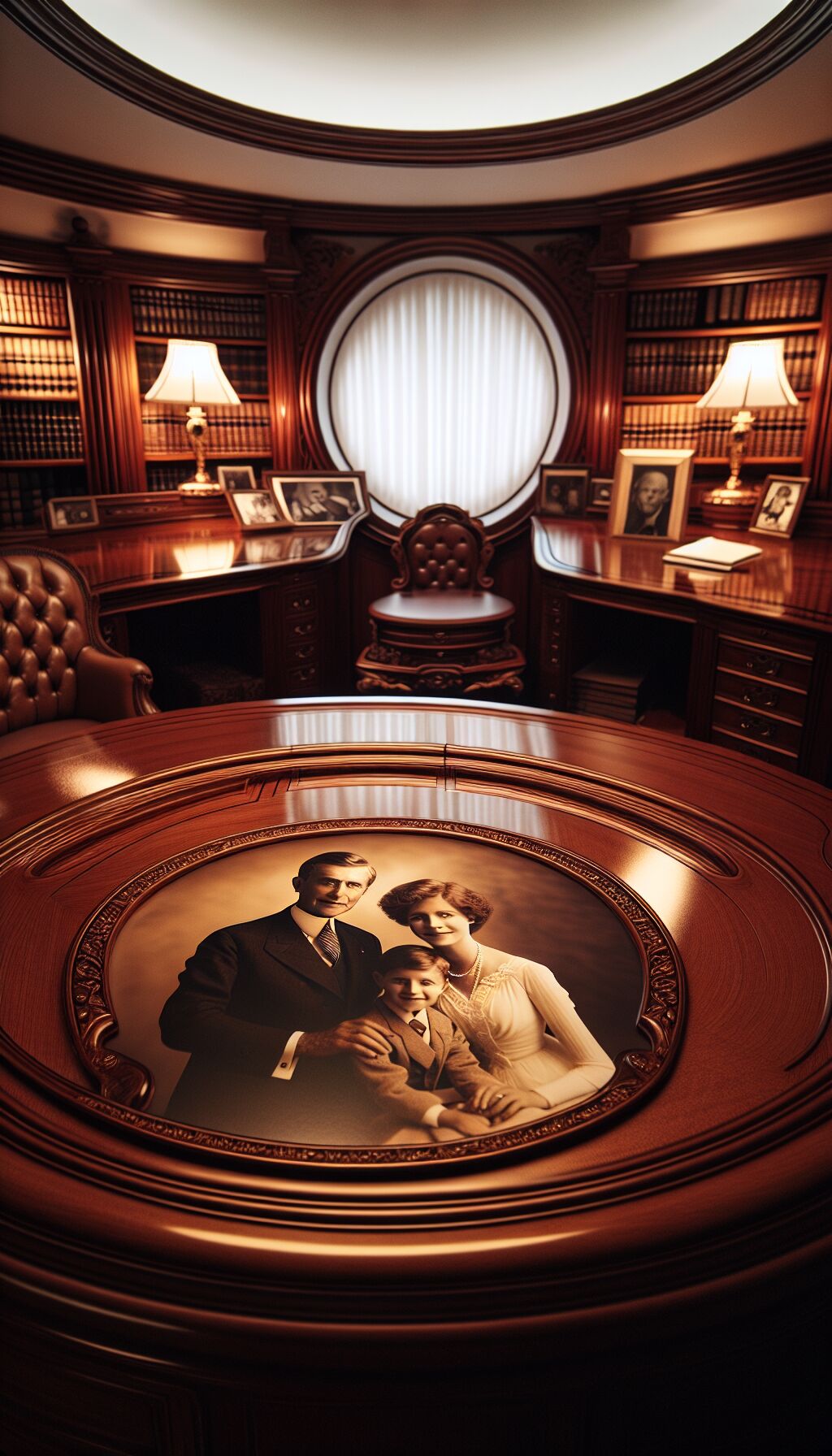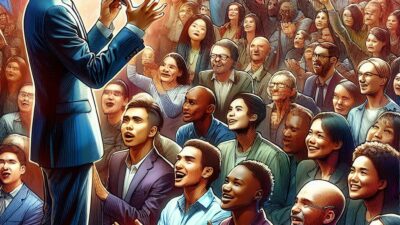Redecorating the Oval Office: Trends in the Trump Administration
As the inauguration of a new president occurs, it presents a unique opportunity for substantial redesign and redecoration within the White House, with the Oval Office being the centerpiece of this change. November marked a transition of power from President Biden to President Donald Trump, setting the stage for an array of visual and thematic changes in the White House. This article examines the aesthetic choices that characterize Trump’s Oval Office as he resumes his presidency.
A Fresh Start in the Oval Office
During the ceremonial events of President Trump’s inauguration, a dedicated team worked diligently to facilitate the transition within the iconic residence. Staff members swiftly organized to move former President Biden’s personal belongings out of the Oval Office and replace them with those reflective of Trump’s taste and vision.
The Oval Office decor, including furniture, artwork, and personal artifacts, is predominantly under the purview of the sitting president. Each leader is allowed to imprint their unique vision upon this historic space—this can range from specific artwork choices to family photographs that help define their presidency.
What Stays and What Goes
Among the reintegrated elements of the Oval Office is the famed Resolute Desk, a piece of furniture rich in history. Most U.S. presidents, excluding Lyndon B. Johnson, Richard Nixon, and Gerald Ford, have used this desk, which was gifted by Queen Victoria to President Rutherford B. Hayes. Trump had used it during his previous term and was seen signing executive orders at the desk shortly after his inauguration.
One striking change made by Trump is the removal of a large portrait of former President Franklin Delano Roosevelt, which Biden had prominently displayed over the fireplace. FDR’s portrait was intended as a tribute to his leadership during the Great Depression and World War II, mirroring Biden’s belief that the nation currently faces another critical period due to the COVID-19 pandemic. In its place, Trump has reinstated a portrait of President George Washington, a piece that also adorned the Oval Office during his first term.
Family Portraits and Personal Touches
A table behind the Resolute Desk now showcases a collection of Trump family photographs. This includes cherished images of his mother, Mary Anne MacLeod Trump, and his father, Fred Trump, as well as glimpses of his children in formal attire, and nostalgic photos with First Lady Melania Trump and their son, Barron. This personal assemblage contrasts with Biden’s prior display, which featured significant moments from his family, including portraits of his children, Beau, Hunter, and Ashley Biden.
Among the few items that have remained constant in the Oval Office is a bust of Martin Luther King Jr., which was a fixture during both presidents’ terms. Additionally, Biden’s addition of a portrait of Benjamin Franklin, symbolizing a dedication to scientific advancement, will continue to hang in the office throughout Trump’s presidency.
Shifts in Iconography
Other notable changes in the room’s decor include the removal of a bust of Robert F. Kennedy, which was placed by Biden, replaced with a sculpture known as “The Bronco Buster.” This artwork by Frederic Remington previously adorned Trump’s Oval Office and is situated beneath a portrait of Andrew Jackson, the seventh president of the United States.
The iconic bust of Winston Churchill, removed during Biden’s administration, has been reinstated at Trump’s request. Although its removal had sparked debate, the White House clarified in 2012 that the bust had simply been relocated rather than removed altogether by President Obama.
Championing Historical Figures
The Oval Office showcases a painting of Andrew Jackson, reinforcing Trump’s admiration for this historically disruptive figure—one Trump has likened to his own electoral victories that have shaken the political establishment. The inclusion of flags representing all branches of the armed services further emphasizes Trump’s commitment to valor and military recognition.
Thematic Significance and Historical Echoes
The ongoing motif of historical symbolism in the Oval Office reflects not just personal preferences but also statements about leadership and legacy. Trump’s focus on strong historical protagonists within his decor underlines a narrative of resilience and populism, aspects often reflected in both his political identity and his presidential approach.
Conclusion: The Impact of Aesthetics in Politics
As President Trump assumes office for his second term, the visual narrative within the Oval Office offers more than just a reflection of personal taste. The choices made in decorating the office speak volumes about the values and priorities each president aims to convey visually. From portraits that highlight historical figures to personal family photographs that illustrate the human side of leadership, the Oval Office continues to serve as a powerful symbol of American politics in transition. Such adjustments not only represent each president’s political stance but also their connection to the history and spirit of the nation they currently lead.












